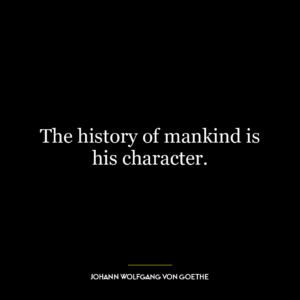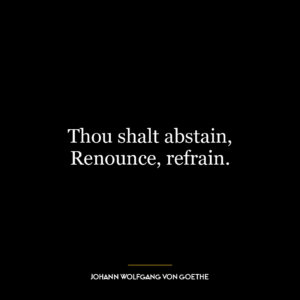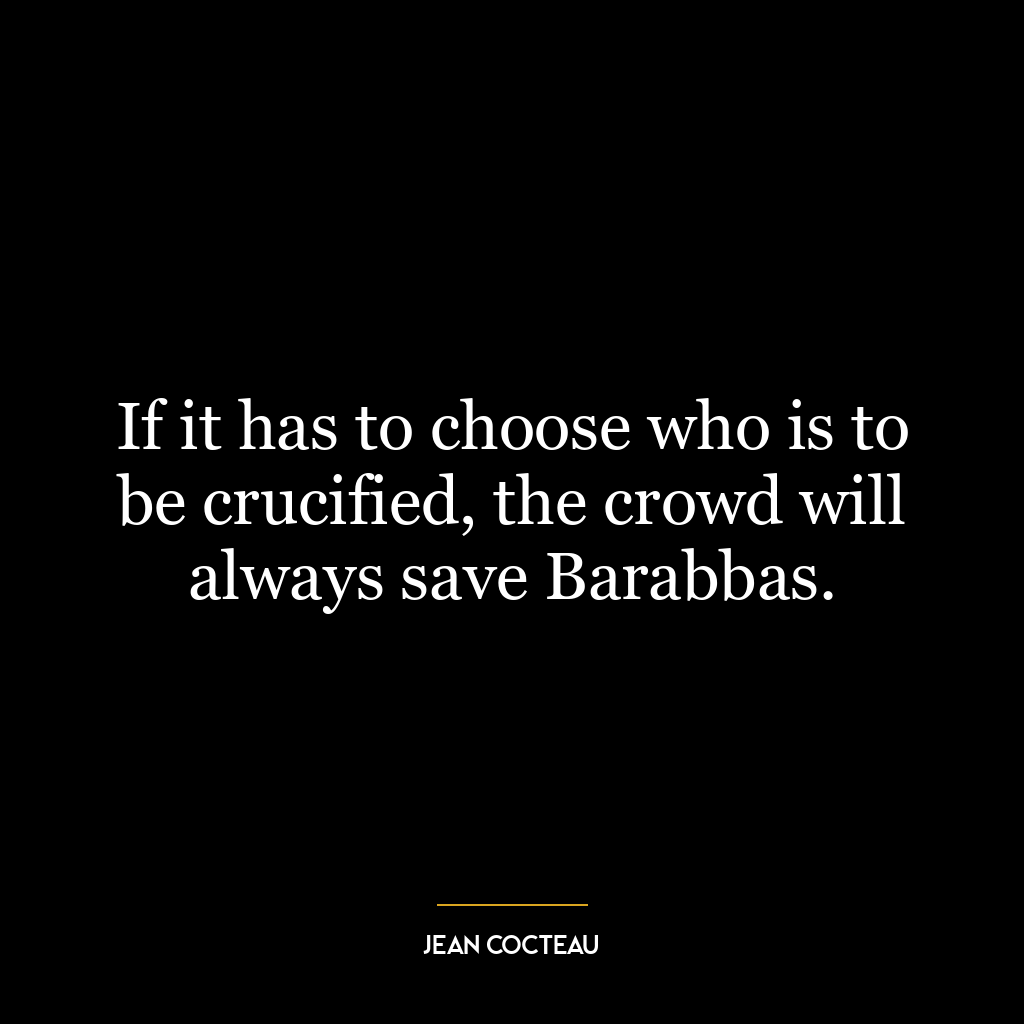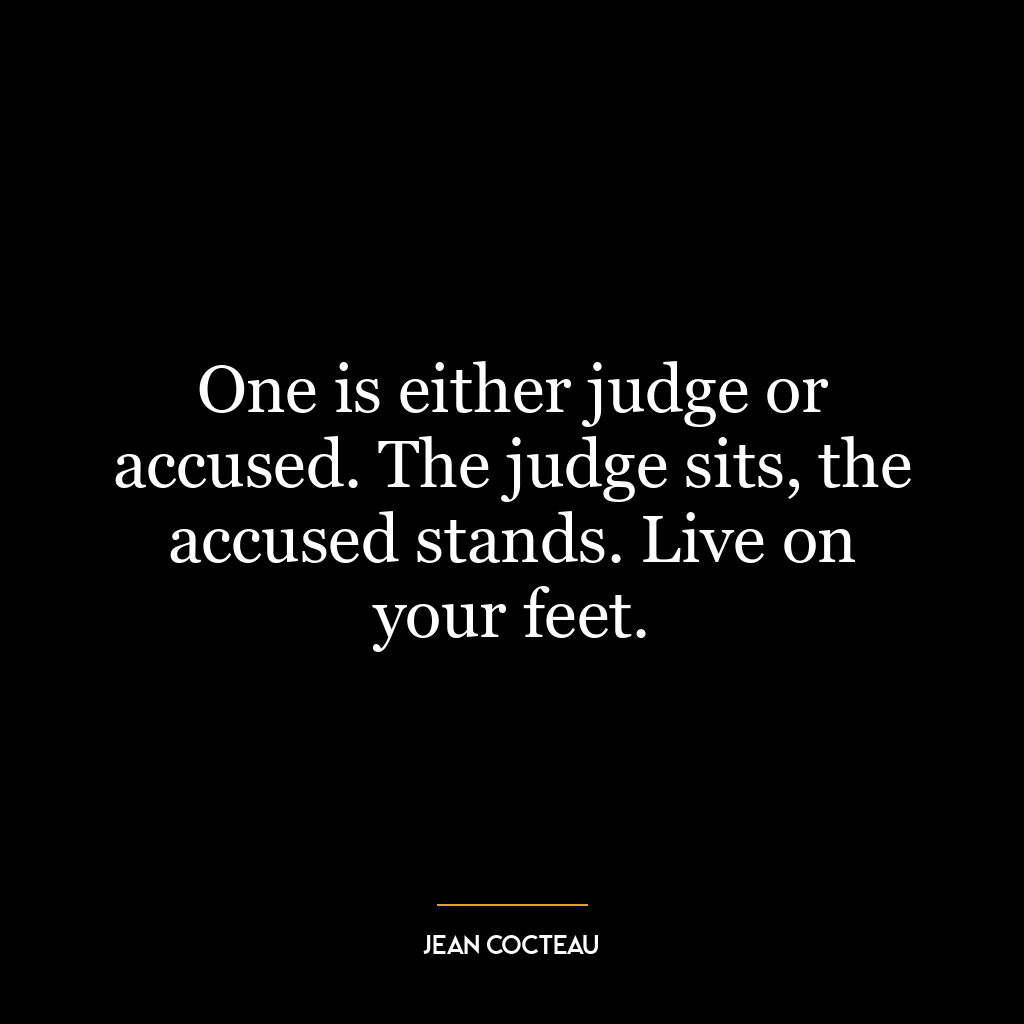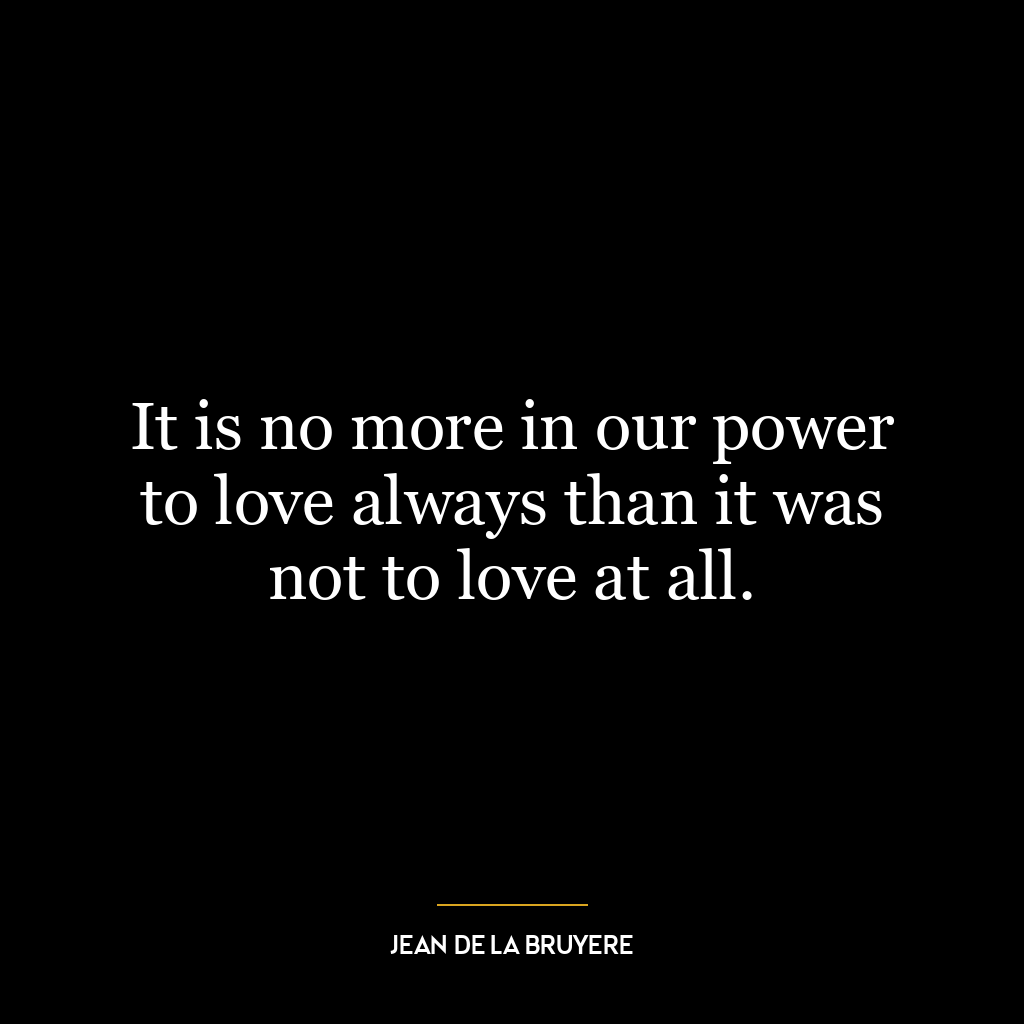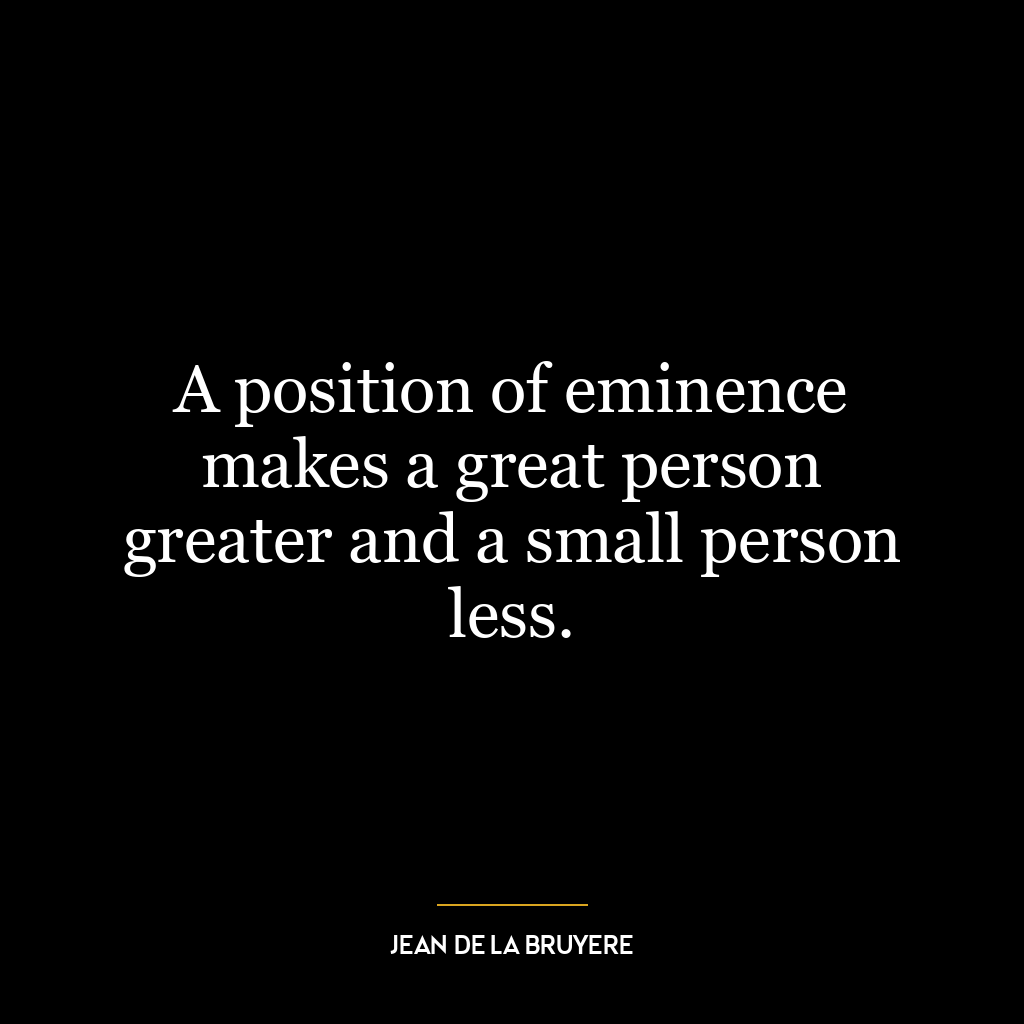This quote, “You must be either the servant or the master, the hammer or the anvil,” is a metaphorical representation of the roles we play in life. It suggests that in every situation, we are either the active agent shaping our environment (the master or the hammer) or the passive recipient being shaped by circumstances (the servant or the anvil).
The metaphor of the hammer and the anvil is particularly powerful. The hammer actively shapes the metal, while the anvil absorbs the blows and is shaped by the hammer. It’s a stark analogy for the dynamics of power, control, and influence. We are either the ones exerting influence and control (the hammer) or the ones being influenced and controlled (the anvil).
In the context of personal development, this quote can be interpreted as a call to take control of our own lives. It suggests that we should strive to be the ‘hammer’ – the active, shaping force – rather than the ‘anvil’ – the passive recipient of external forces. It’s about making conscious choices about our actions and decisions, rather than allowing ourselves to be shaped by circumstances or other people’s decisions.
In today’s world, this quote is applicable in various contexts. In the workplace, for instance, it could refer to the difference between being a proactive employee who takes initiative and drives change, versus a passive employee who merely follows instructions. In societal terms, it could refer to the difference between those who actively engage in civic issues and strive to effect change, versus those who passively accept the status quo.
However, it’s important to note that the quote doesn’t necessarily imply that one role is inherently better or worse than the other. There are times when it’s necessary and beneficial to be the ‘anvil’, to be receptive and adaptable to change. The key is to be conscious and intentional about the roles we choose to play in different situations.






